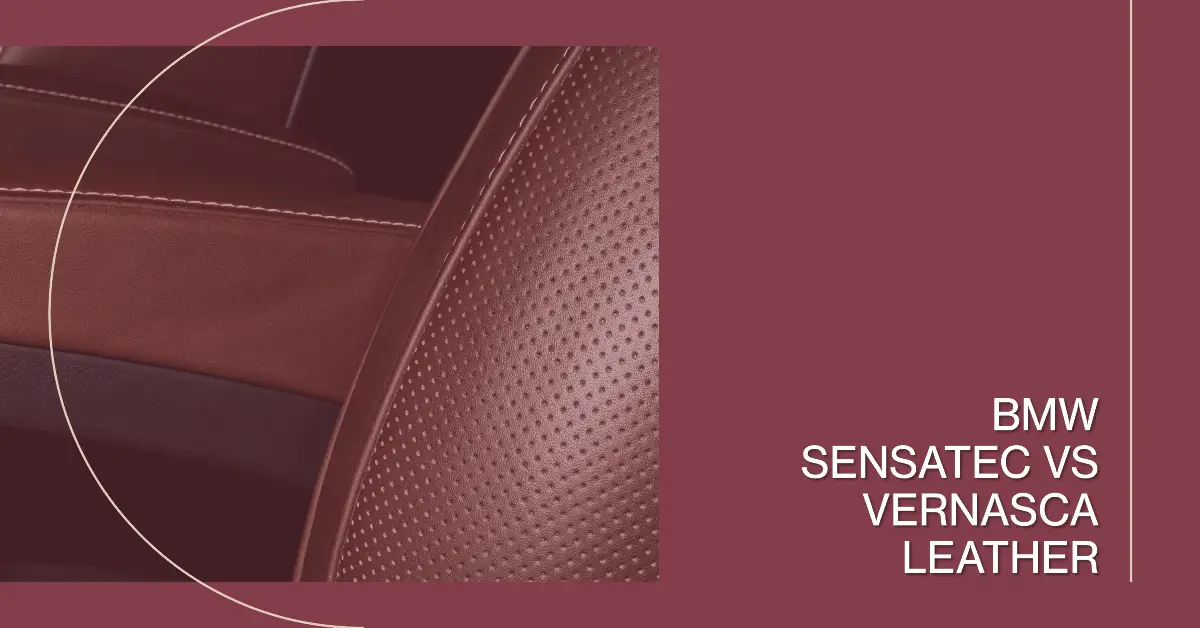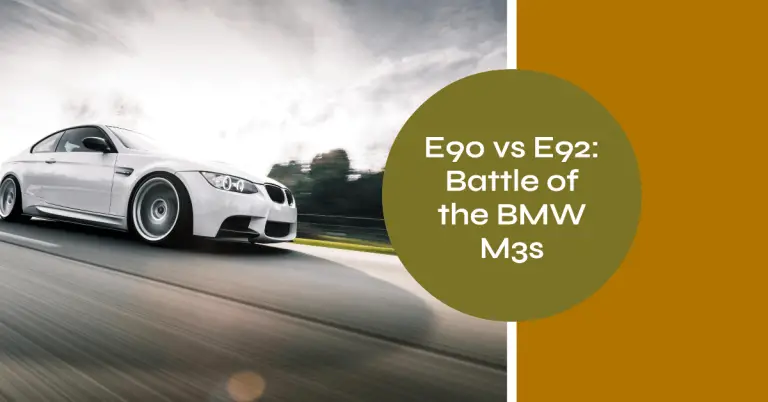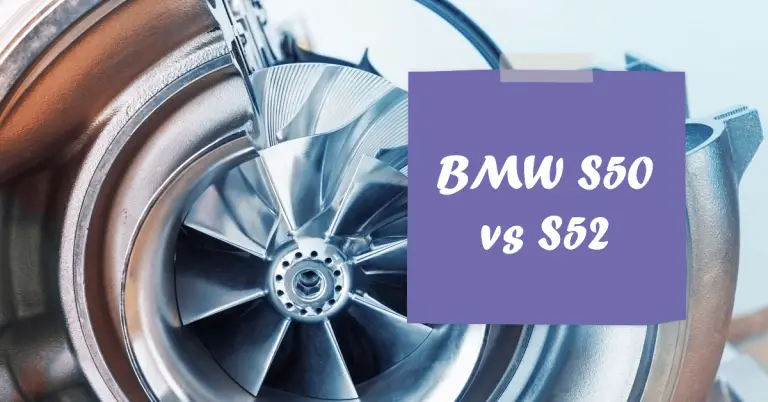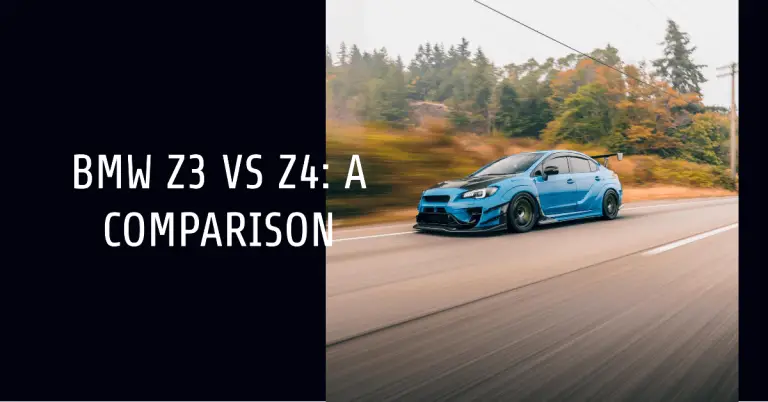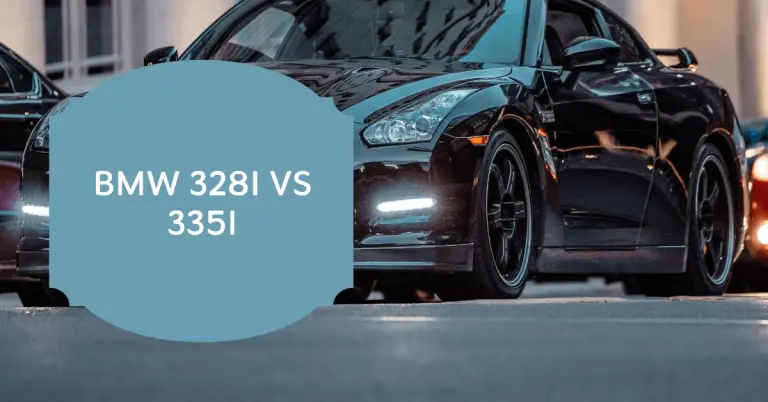BMW Sensatec vs Vernasca Leather: Which Interior Material is Best for Your Needs?
Luxury vehicles aim to wrap drivers and passengers in comfort through premium finishes and materials. BMW stands out by offering both real and synthetic leather options to customize the interior’s look and feel. Two popular choices are the synthetic Sensatec and natural Vernasca leather. But what’s the difference between these BMW interior materials?
In this comprehensive guide, we’ll compare BMW Sensatec and Vernasca Leather to help you decide which is best for your needs. We’ll examine the appearance, feel, durability, maintenance, cost differences, and pros and cons of each material. Whether you prioritize sustainability, luxury, ease of cleaning, or cost savings, we’ve got you covered.
By the end, you’ll understand exactly how Sensatec and Vernasca differ so you can confidently choose the best BMW interior material for your driving desires.
What is BMW Sensatec?
BMW Sensatec is a synthetic leather made from polyurethane. It’s used in lower trim models like the 3 Series to reduce costs compared to real leather. Sensatec offers a vegan-friendly and ethical leather alternative for eco-conscious buyers.
As a synthetic material, Sensatec provides consistent texture and appearance. The polyurethane construction makes it more durable than real leather. It’s specially treated to resist staining, wear, and scuffs that develop over time in natural leather. Sensatec is also easier to clean and keep looking new.
Overall, the main advantages of Sensatec are its low cost and long-lasting durability compared to real leather. For buyers prioritizing affordability and longevity, Sensatec is an excellent option.
What is BMW Vernasca Leather?
Vernasca leather represents the premium leather option offered in higher-end BMW models like the 7 Series. It’s named after Lake Vernasca in Tuscany, Italy evoking luxury and old-world European craftsmanship.
As a natural material, Vernasca leather has a softer feel and visible grain patterns compared to synthetic Sensatec. The natural aesthetics and premium look of Vernasca enhance the high-end ambiance of BMW interiors.
However, as a natural product, Vernasca leather is more susceptible to wearing, cracking, and damage over time. It’s also more difficult to clean and keep in pristine condition compared to synthetic alternatives.
For buyers who prioritize the soft luxurious feel and natural beauty of genuine leather, Vernasca is the best option. It provides the ultimate upscale interior appointments expected in a luxury BMW.
Sensatec vs Vernasca Leather: Key Differences
Now that we’ve introduced both materials, let’s compare some key differences between Sensatec and Vernasca leather:
Appearance
- Vernasca leather has visible natural grain patterns and markings. It often has two-tone contrasts adding depth and character.
- Sensatec has a more uniform appearance without natural textures. The polyurethane construction gives it a consistent smooth finish.
Feel
- Vernasca leather is soft and supple, enveloping occupants in luxury. It feels more premium.
- Sensatec has a slightly firmer, less supple feel. The synthetic polyurethane blend lacks the plush softness of genuine leather.
Durability
- Sensatec is extremely durable and resistant to damage like cracking, scuffs, and wearing over time.
- Vernasca leather develops a patina and is more susceptible to showing signs of wear and aging through use.
Maintenance
- Sensatec is very easy to clean. Simple wiping keeps it looking fresh and new.
- More care is required to clean real leather like Vernasca. It’s also harder to keep pristine as it naturally wears.
Cost
- Sensatec costs $1000+ less than Vernasca leather in most BMW models.
- Vernasca leather comes with a hefty price premium in higher trim packages.
As you can see, the choice ultimately comes down to your priorities. Do luxury feel and natural aesthetics matter most? Or are low maintenance and cost savings your main factors? Keep these key differences in mind as we dive deeper.
Which is Better – Sensatec or Vernasca Leather?
When it comes to determining whether Sensatec or Vernasca leather is better, there’s no universally right answer. It depends on your personal preferences and priorities:
Sensatec is better if you prioritize:
- Cost savings – Sensatec reduces cost by $1000+ over leather
- Durability – Sensatec resists damage like cracking and scuffs better
- Easy maintenance – Simple wiping keeps Sensatec looking new
- Vegan interior – Polyurethane construction is animal-friendly
Vernasca Leather is better if you value:
- Luxury feel – Soft supple leather creates a premium experience
- Natural aesthetics – Genuine leather has beautiful grains and depth
- Leather aroma – Real leather offers a rich inviting smell
- Eco-friendly principles – Leather is a natural sustainable material
So weigh your most important factors, from budget to maintenance and even ethics. This will point you towards either durable, affordable Sensatec or luxurious natural Vernasca leather.
Sensatec vs Vernasca – Pros and Cons
To summarize the key benefits and downsides of each material, here is an overview of the pros and cons:
Sensatec Pros:
- Costs $1000+ less than real leather, reducing purchase price
- Extremely durable synthetic material resists damage
- Easy to clean and keep in pristine condition
- Stain-resistant construction maintains appearance
- Vegan-friendly for buyers who want animal-free interior
Sensatec Cons:
- Lacks ultra-soft, luxurious feel of genuine leather
- Synthetic appearance doesn’t have natural beauty
- Less breathable than real leather in hot weather
- Not as premium as Vernasca leather interiors
Vernasca Leather Pros:
- Luxuriously soft supple feel
- Visible natural grain patterns and depth
- Inviting leather scent enhances interior ambiance
- Premium interior appointments expected in luxury vehicles
- Environmentally-friendly as a natural material
Vernasca Leather Cons:
- Much more expensive, costs $1000+ more than Sensatec
- Not as durable, prone to wearing, cracking over time
- Difficult to clean and keep in perfect condition
- May not appeal to vegan or eco-conscious buyers
- Susceptible to damage from direct sunlight
As you can see, both Sensatec and Vernasca leather offer compelling benefits depending on your priorities.
For budget-focused buyers who want longevity, Sensatec is the way to go. For luxury-lovers who appreciate natural details, Vernasca provides the premium feel you expect from a high-end BMW.
Which BMW Models Offer Each Interior Material?
Now that you understand the differences between Sensatec and Vernasca leather, which BMW models offer each option?
Here is a quick breakdown:
Sensatec
Sensatec is available in lower trim economy models to replace leather and reduce cost:
- BMW 3 Series
- BMW 4 Series
- BMW 5 Series
Vernasca Leather
Vernasca leather comes standard or as an upgrade in high-end luxury models:
- BMW 7 Series
- BMW 8 Series
- BMW X5
- BMW X6
- BMW X7
Higher-tier BMW trims like the M Sport Package or xDrive models typically upgrade to Vernasca leather. It represents the peak of BMW luxury interiors with premium comfort and appointments.
Meanwhile, Sensatec is an excellent budget-friendly alternative in more affordable BMW models. It provides 95% of the luxury feel at a fraction of the cost.
Maintaining Sensatec vs Vernasca Interiors
To keep your BMW interior looking its best, proper maintenance is important. Here are some tips for cleaning and caring for Sensatec versus Vernasca leather:
Sensatec Maintenance
- Clean with a soft damp cloth and mild soap monthly
- Wipe down with water and dry with a microfiber cloth
- Use gentle interior cleaners specifically for synthetic leather
- Avoid harsh abrasives or cleaners with dyes/perfumes
- Condition with synthetic leather conditioners 2-3 times per year
Vernasca Leather Maintenance
- Vacuum regularly to remove gritty debris
- Clean monthly with a soft cloth and leather cleaner
- Rub gently in circular motions to lift dirt from pores
- Avoid soaking leather or using harsh chemicals
- Apply leather conditioner 1-2 times per year
- Treat spills immediately to prevent stains
The main takeaway is that Sensatec requires far less maintenance to keep it looking fresh. Vernasca leather needs special care and cleaning methods to maintain its natural beauty.
Sensatec vs Vernasca: Which is Best for You?
In summary, deciding between Sensatec and Vernasca leather comes down to weighing your top priorities:
Sensatec is ideal if you want:
- Affordability and cost savings
- Durability and stain resistance
- Easy maintenance
- A vegan-friendly interior material
Vernasca leather is preferred if you value:
- The soft supple feel of natural leather
- Luxurious quality and appearance
- Premium details expected in high-end vehicles
- The beautiful patina leather develops over time
Both Sensatec and Vernasca provide comfortable, quality interiors. Sensatec mimics leather at a lower price point while Vernasca delivers the ultimate luxury experience.
Now that you understand the differences between these two popular BMW interior materials, you can decide which is best aligned with your budget, lifestyle and principles. Prioritize what matters most and choose the interior that will exceed your expectations on every drive.

